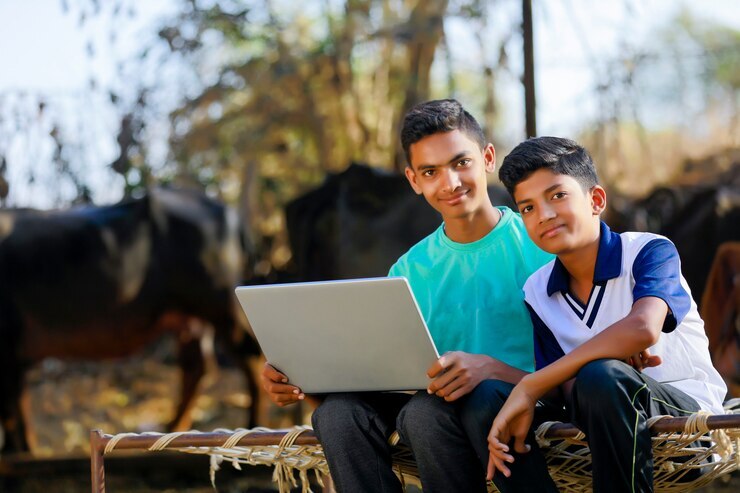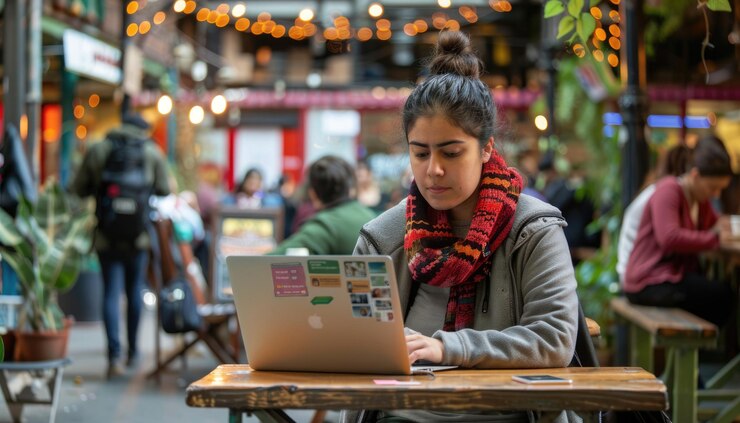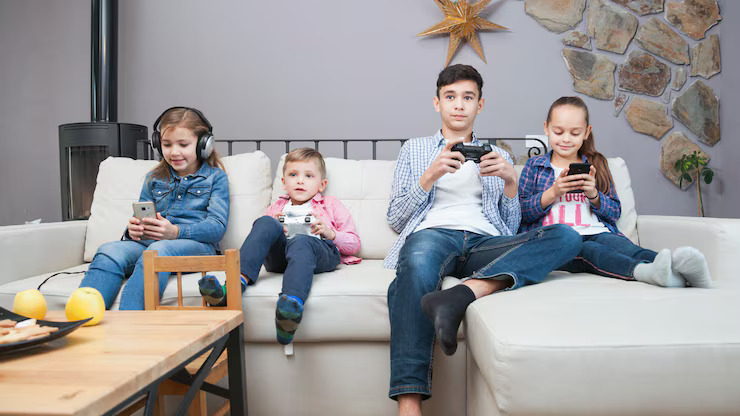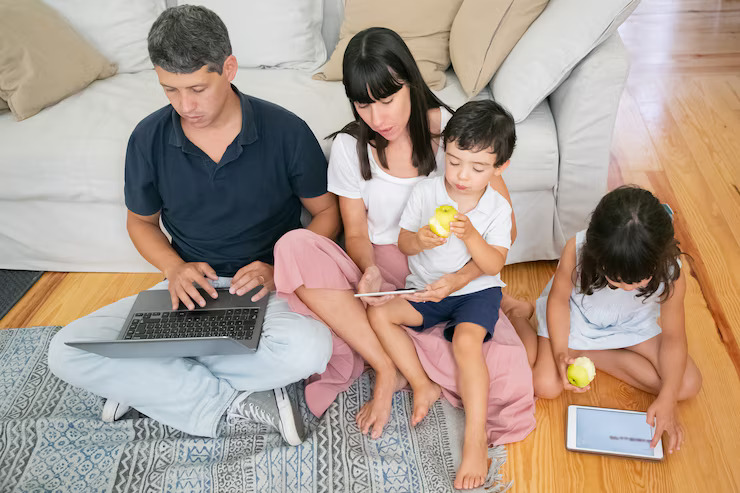With children using the software more in India, issues about safety online, the amount of time they spend in front of screens, and what content they view have arisen. For this reason, India’s Parental Control Software for Cyber Safety has become very valuable to parents concerned about their children’s safety online. Application programs in this software category are made to keep an eye on, control, and help guide children while they are online.
Digital risks are on the rise for Indian children.
The world of technology in India is advancing very fast, and children are leading the way. Online gaming, surfing social media, learning with education apps, and watching videos all consume a lot of children’s time every day.

On the other hand, these same sources can be risky, since they lead to cyber bullying, internet predators, sexual content, and the problem of internet addiction. In such a scenario, the Parental Control Software from India is a digital protection, giving parents a sense of security.
Essential Functions of Parental Control Software
Most of these tools include various features that allow parents to keep an eye on their kids’ online habits. These include:
- Blocking apps and setting a limit for screen time
- Filtering of the web and secure browsing options
- Location tracking and geofencing
- Social media monitoring
- Call and SMS tracking
- Real-time alerts and reports
With these tools, parents can actively work on setting up healthy digital behaviors for their kids.
Parental control solutions that are widely used in India
There are various Indian and foreign tech companies that have designed products for Indian families. Some of the widely used and trusted Parental Control Software for Cyber Safety in India are:
Norton Family Premier
- Qustodio
- Kaspersky Safe Kids
- Family Time Premium
- Net Nanny
- Safe Surfer is the chosen program in the Indian school system.
Since they are available on Android, iOS, and Windows, most households in India can use these applications.
Customization According to Age Groups
One strength of India’s Parental Control Software for Cyber Safety is that it is suited to various age groups. The goal for younger children is often to screen out unwanted content and set time limits. It is important at this stage to focus on monitoring teens’ online actions and the people they talk to online. This way, the software provides support without being a hindrance to the user’s age.
Addressing India-Specific Challenges
Using shared devices is common in Indian households, which creates a special problem to consider. Thankfully, the software is now capable of keeping kids safe with profiles and password protection. Besides, the use of Indian languages and region-related content helps the software adapt to local needs and makes it simpler for people to use.
Role of Technology in Online and Hybrid Education
As hybrid learning became common post-pandemic, children are now watching more media and it’s tough to distinguish between learning and playing. This is where Parental Control on Cyber Safety in India comes in handy, helping you tell apart time spent productively online from distractions. Parents can use it to decide a learning schedule, block apps unrelated to school, and monitor their child’s progress in some instances.

Encouraging Digital Literacy alongside Safety
While this software provides good cyber safety, it should not take the place of teaching people how to use the internet safely. Using these tools, parents should include children in a general discussion on being safe while online. Several of these packages now include education materials and tips for digital parenting to encourage parents and their children to have open conversations.
Government and Legal Backing
Cyber safety for minors is taken seriously by the Indian government, and actions and programs have been designed to create awareness and improve policies in this area. CCPWC and the IT Act (Amendment) help encourage families and educational institutions to use India’s Parental Control Software for online safety. Thus, with this legal support, designers of software are becoming more careful about how they use and share user data.
Privacy Concerns and Ethical Usage
The issue of privacy is a major worry when it comes to parental control apps. Parents should use India’s Parental Control Software with ethics to give children their privacy and not go overboard with watching what they do. Tools that help by telling kids they are being watched and letting teens agree to be monitored are considered the best. By doing this, you can keep your data safe and also gain trust.
The Potential Future Directions of Parental Control Technology
As AI and machine learning improve, the Parental Control Software for Cyber Safety in India is likely to get smarter and more responsive to different needs. The developers expect to add AI-based behavior prediction, better mental health support, and smoother links to wearable gadgets. The idea is to provide holistic ways to protect users, instead of simply limiting their uses.
Another positive point is the inclusion of AI-powered content filtering.
They automatically avoid access to dangerous online sites, cyberbullying threats, and violent content. In contrast to standard web filters, new Indian software learns from how users use the internet and adapts its protection. This way, young players are not put at risk by inappropriate subjects.
Various Indian startups are making efforts to include
People from all parts of the country. Since the software is available in a range of Indian languages, it can be used by families across the country. Because the user interface is easy to understand, parents with little knowledge of technology can still look after their children online.
Conclusion: Ensuring Indian youth have a safer experience online
As engaging online is now a must for everyone, India’s Parental Control Software for Cyber Safety helps Indian families a lot. Effective use of these resources can help keep children safe from the unwanted consequences of technology. If India joins parental guidance with digital technology, it can help young people become safer and stronger.





